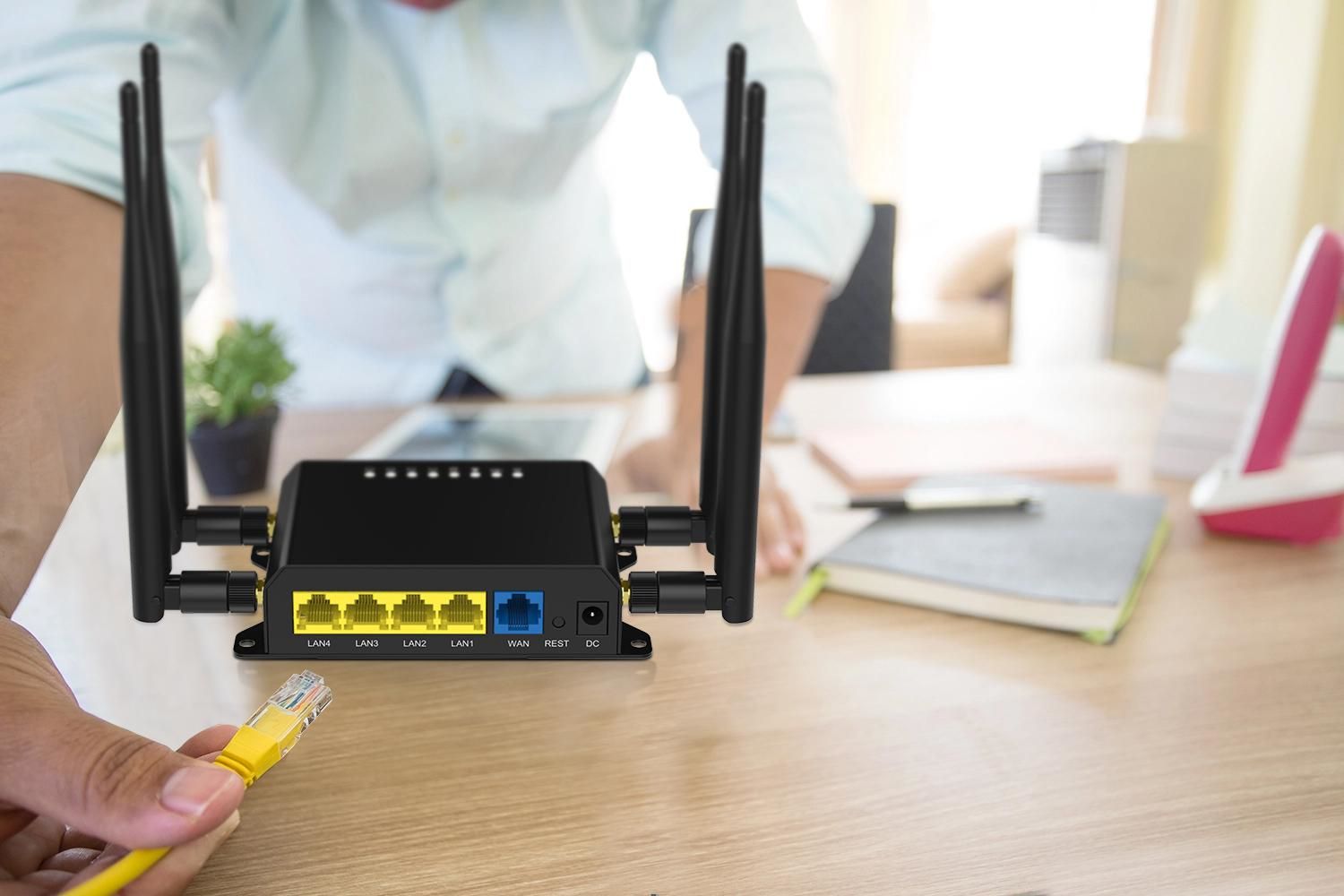1.Wi-Fi problems can strike anyone at any time, no matter how much networking experience you have. But if you’ve not come across a particular Wi-Fi issue before, there’s no harm in not knowing how to fix it. All you need are the right tools and a few tips, and you’ll be able to diagnose and solve your Wi-Fi problem in no time.
2.Wi-Fi is made up of radio waves, meaning your Wi-Fi router broadcasts in all directions from a central location. If your router is in a far corner of your house, then you’re covering a great deal of the outside world unnecessarily. If you can, move your router to a more centralized location. The closer you can put your router to the center of your coverage area, the better reception will be throughout your home.
3.If you have external antennas, you can try adjusting those, too. Alternating between fully vertical and fully horizontal positions can help it reach in multiple directions.
If you live in an apartment building, other routers might be interfering with yours. Free software, like NetSpot on Mac, Windows, and Android, or Wi-Fi Analyzer for Android, can show you every wireless network nearby and what channel they’re using. If your router overlaps with nearby networks in particular rooms, consider switching to a less congested channel. If you need help switching, please contact us.
Slow internet everywhere
If your Wi-Fi speed is slow no matter where you are, try plugging a laptop into your router directly and test your internet speed using one of the best internet speed tests. If speeds are still down, the problem is likely with your internet connection, not your router. Try some of these ways to improve speed and contact your ISP.
If that’s not the issue, it could be that your current wireless channel is overcrowded by your devices or by those of other nearby networks. Consider changing the channel on your router in your router settings, by accessing the admin settings.
If that doesn’t help, performing a factory reset on your router and setting it up again may help. On most routers, there’s a Reset button that you can hold down with a paperclip. Do so for 10 seconds, and the router should default to factory settings. Use our guide to setting up a wireless router to get everything properly configured, and see if that helps.
Are there problems with your internet signal or your Wi-Fi?
You can tell an internet signal issue from a Wi-Fi issue with a few key troubleshooting steps. Internet signal issues have different fixes than Wi-Fi issues—so, it’s important to find out which you’re dealing with to get back online ASAP.
Check the lights on your equipment
Nearly all modems and routers have LED status lights. You may also have a combo unit that is an all-in-one modem/router (also called a gateway). Either way, the LED status lights on your equipment are very helpful for quickly diagnosing network problems.
Check the internet signal light
The light for an internet connection is on your modem and is usually labeled WAN, Internet, or with a globe icon, and you can tell the internet is on if the light (usually white or green) is solid.
If the light is red or not on at all, you have an internet signal problem as your modem isn’t successfully connecting to the internet. If this is you, skip ahead to our internet signal troubleshooting section.
Check the Wi-Fi light
The WiFi light(s) will be on your router or somewhere below the internet connection light if you have a modem/router combo unit. Labels for Wi-Fi lights vary but usually will read “2.4G” and “5G,” “WLAN,” or “Wireless.” These lights should be on and are usually blinking. If the Wi-Fi light(s) are off or red, your router isn’t broadcasting a signal. Skip to the Wi-Fi troubleshooting section to begin troubleshooting.
If the equipment lights aren’t revealing your internet issue, read on for the next steps.
Pro tip:
A lot of internet issues can be remedied quickly by simply restarting your modem and router. It’s an easy fix that’s always worth a shot.
To restart your modem and router, unplug the power cable for 10 seconds and plug it back in. The equipment will take a few minutes to reboot.
Post time: Jul-03-2023


